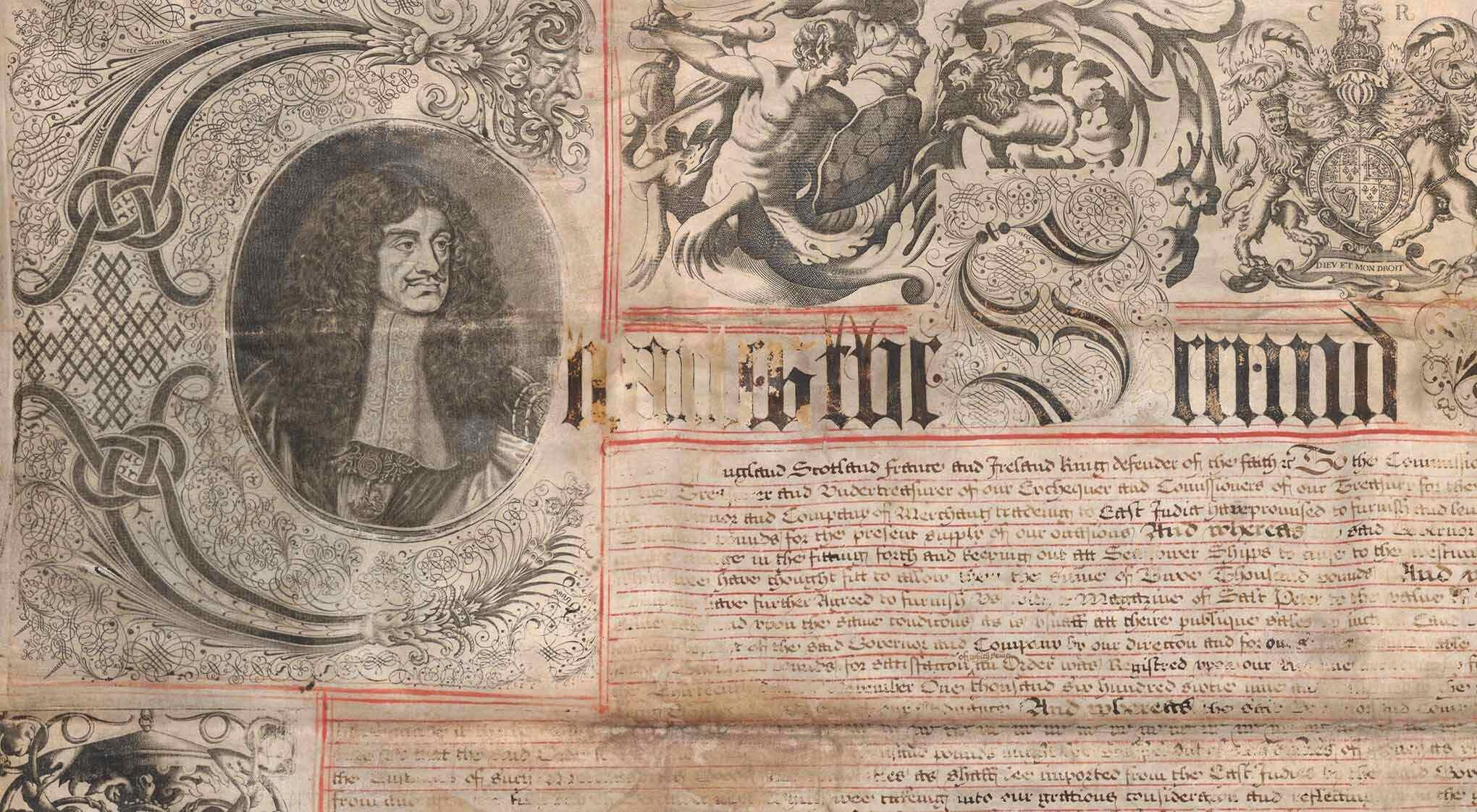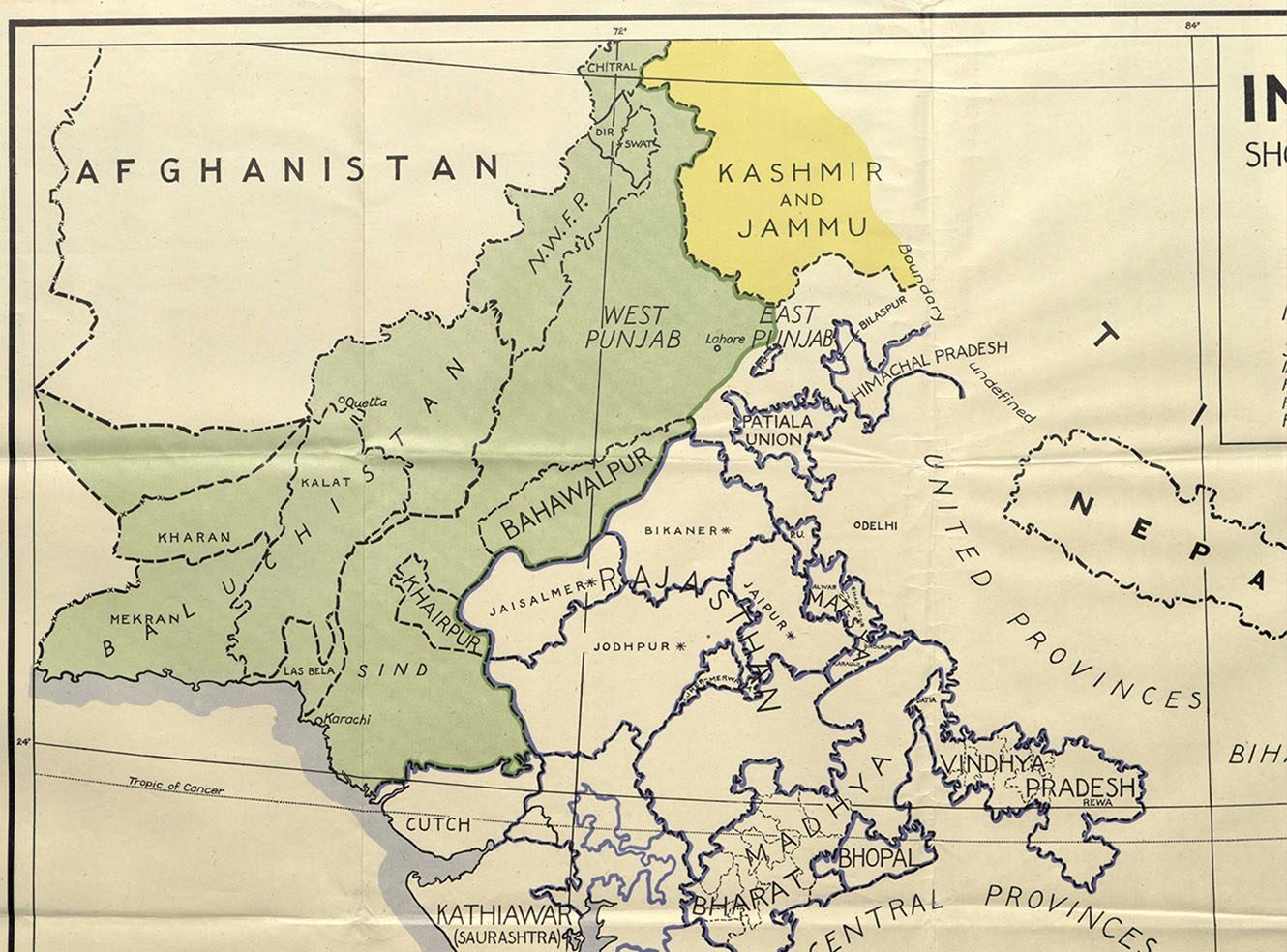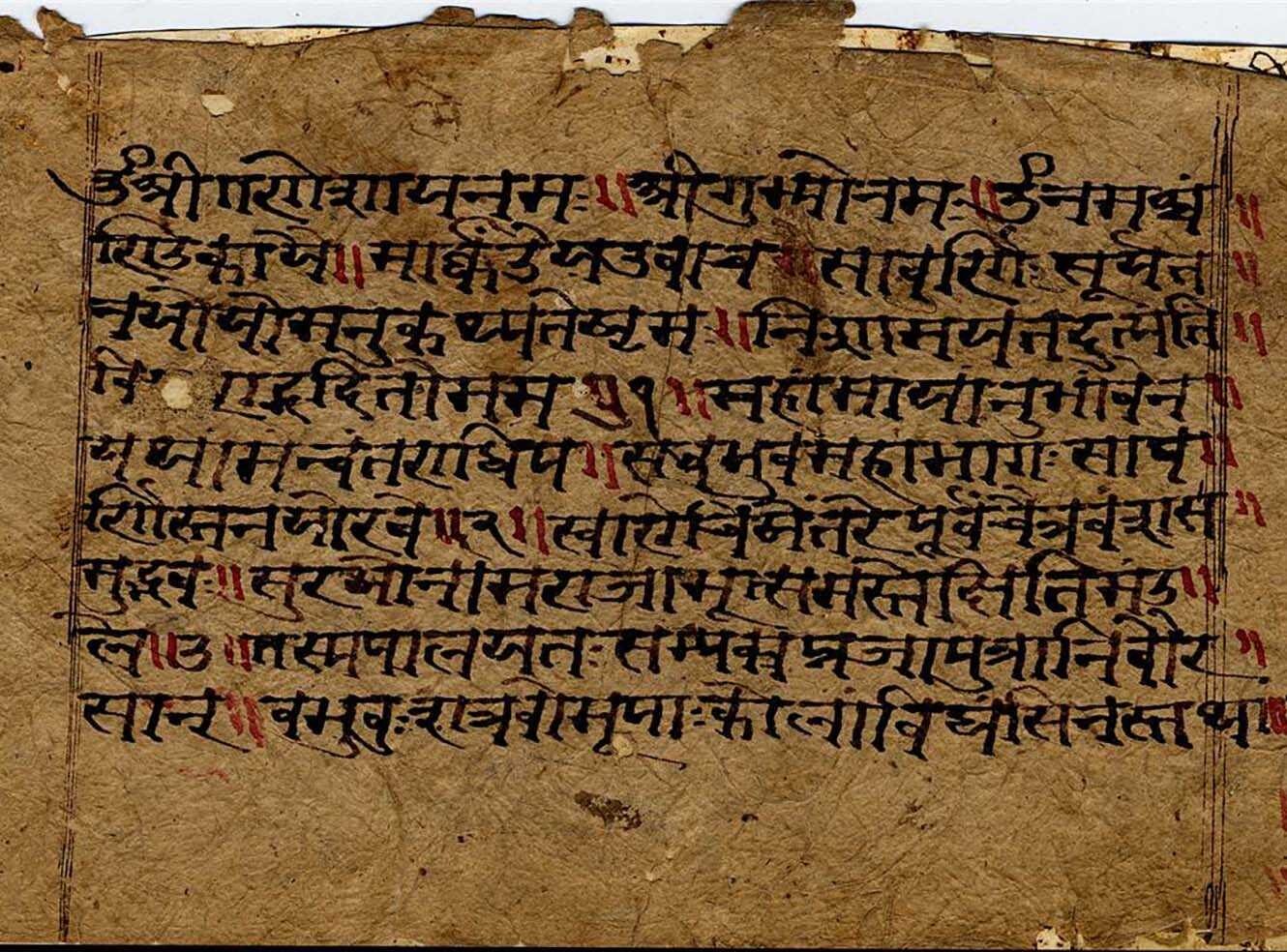East India Company
India Office Records from the British Library, 1599-1947
Discover the astonishing history of the East India Company, which at its peak controlled over a quarter of the world’s trade and millions of the global populace.
From 16th century origins as a trading venture to the East Indies, through to its rise as the world’s most powerful company and de facto ruler of India, to its demise amid allegations of greed and corruption – the East India Company was an extraordinary force in global history.
From the Company’s charter in 1600 to Indian independence in 1947, East India Company tells the story of trade with the east, politics and the rise and fall of the British Empire. It records the challenges of a globalising world and sheds light on many contrasting narratives; from records of powerful political figures, through to the lives of native populations and the individual traders who lived and worked at the edge of Empire.
This is simply an essential resource for scholarship of British imperial history, maritime trade, global commerce, and the history of the first great multinational corporation.
East India Company offers transformative research possibilities with fully searchable handwritten manuscript documents using Handwritten Text Recognition (HTR). HTR is a ground-breaking search technology utilising artificial intelligence to deliver document-level full-text search results in manuscript material.
The HTR application uses complex algorithms and artificial intelligence to determine possible combinations of characters in handwritten documents. This enables relevant handwritten text to be identified at document level, allowing users to easily navigate between highlighted search results.
Highlights
- Early expeditions to India, the Spice Islands (Indonesia) and Japan
- Wars in India, against Indian states and France
- Expeditions against pirates in the 17th and 18th centuries
- Accusations of corruption against Governor-General Warren Hastings, and his impeachment and acquittal
- Earl Macartney's embassy to China
- Sir Stamford Raffles and the rise of Singapore
- The Opium Wars between the United Kingdom and China
- The Indian Uprising of 1857-1859
- The transfer of rule from the Company to the Crown
- Mahatma Gandhi and the Indian independence movement
- The Indian National Congress and Muslim League
- Trade in commodities such as tea, textiles, metals and opium.
Modules include
| Module | Summary | Date | |
|---|---|---|---|
| India Office Records, A - D: Trade, Governance and Empire |
|
1600-1947 | |
| India Office Records, G: Factory Records for South Asia and South East Asia |
The second module of the East India Company collection consists of the records of the East India Company’s ‘factories’ (trading posts) from south and southeast Asia, principally what is now India and Indonesia. These records were returned to London from the factories as evidence of their activities and complement the centrally produced records of classes A to D in module I. Document types include correspondence, political and military consultations, Ledgers and the Proceedings of governors' councils and courts. |
1595 - 1830 | |
| India Office Records, G: Factory Records for China, Japan and the Middle East |
Module III consists of the sub-classes of Factory Records which were not published in Module II, covering the Company’s activities in China, Japan, Iran, the Arabian Peninsula, Egypt, St Helena and South Africa. It includes correspondence relating to Napoleon Bonaparte’s exile to St Helena and Sir Harford Jones, envoy to Persia. |
1596 - 1870 | |
| India Office Records, E: Correspondence: Early Voyages, Formation and Conflict |
Correspondence between the East India Company, the Board of Commissioners for the Affairs of India, the Company’s various settlements, and European houses of agency. |
1599-1947 | |
| India Office Records, E: Correspondence: Domestic Life, Governance and Territorial Expansion |
The fifth module from India Office Records E features correspondence with the Bombay and Madras Presidencies and British government departments, interspersed with petitions, memorials and letters from individuals and lobby groups covering a diverse range of subjects. |
1699-1858 | |
| India Office Records, F: The Board of Commissioners: Establishment of the Board |
This module from India Office Records F introduces the Board of Commissioners, who exercised supervision over the East India Company’s policies, and continued to exercise responsibility for the government of India until the re-organisation in 1858. |
1784-1827 | |
| India Office Records, F: The Board of Commissioners: Expansion, Control and Education (New for 2025) |
This important new module of East India Company focuses on the Board of Commissioners, which exercised supervision over the Company’s policies. Material covers key events in the history of India and the Company including the Government of India Act 1833, which removed the Company’s trade monopolies and gave the Board of Control full power and authority over the Company, the First Opium War, the Anglo-Afghan War, and the English Education Act, which reallocated funds from the East India Company towards education and literature in India. |
1828-1842 |
Key data
Period covered
Source archive
- British Library
- Administrative and ecclesiastical appointments
- Agriculture
- Charters and the Company's relationship to the English/British Crown
- Courts and legal affairs, including legislation
- Diplomacy, treaties and ambassadorial expeditions
- Finance and debt
- The machinery of government
- Pay and pensions for Company servants and their families
- Railways
- Trade
- Warfare and military matters
- Minutes of council meetings (Court of Directors, Court of Proprietors and Council of India)
- Memoranda and papers laid before councils
- Council resolutions
- Proceedings of revenue boards
- Charters
- Texts of legislation
- Printed books
- Correspondence
- Lists of administrative, military and ecclesiastical personnel
- Crispin Bates, University of Edinburgh
- Kate Boehme, University of Sussex
- Huw Bowen, Swansea University
- Jagjeet Lally, University College London
- Andrea Major, University of Leeds
- Margaret Makepeace, British Library
- John McAleer, University of Southampton
- Douglas Peers, University of Waterloo
- Philip Stern, Duke University
- Business and Economics
- Communities, Peoples and Nations
- East Asian Studies
- Great Britain, Republic of Ireland and Northern Irish Studies
- South Asian Studies
- Handwritten Text Recognition (HTR) enables full text searching across handwritten manuscript documents
- Split-screen image viewer
- Interactive chronology of events in India and the Asian trading world spanning the dates of the material, allows users to browse these largely manuscript documents based on their dates of interest
- Data visualisation, with interactive maps and graphs, of the East India Company’s trade statistics
- Interactive government structure chart, allows users to explore holders of key offices in the governments of the United Kingdom and India throughout the time of the company’s operation and beyond
Reviews
Immensely valuable resource
- Author: R P Nash, University of Nebraska at Omaha
- Publisher: CHOICE
A valuable archival resource
- Author: J Stoehr
- Publisher: CHOICE





